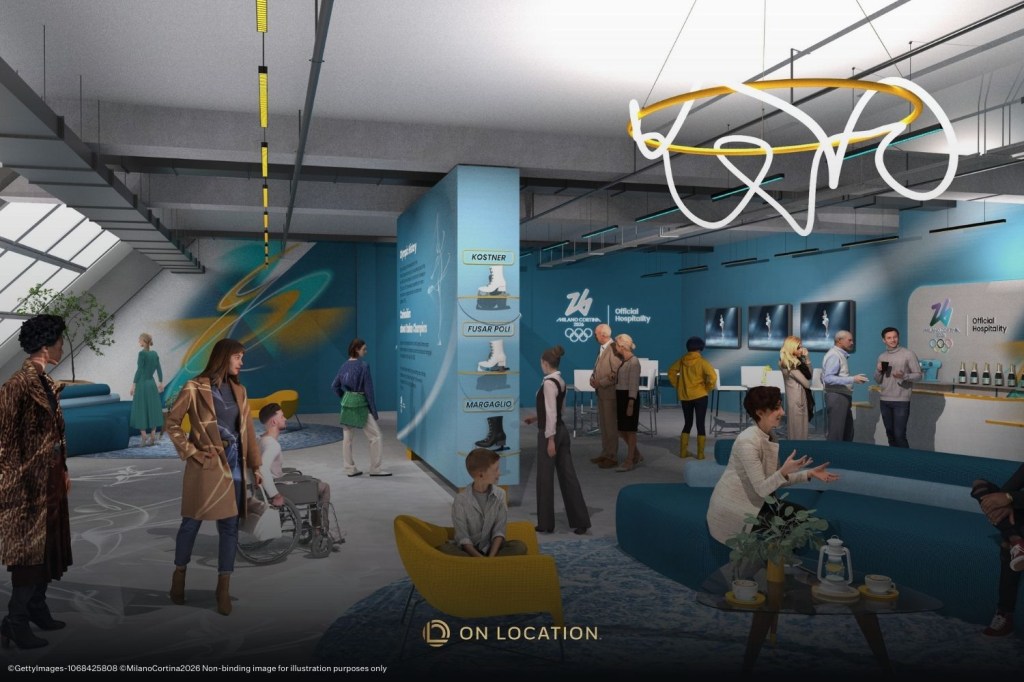Let’s rewind back to fall 2020, the golden era of fundraising for digital fitness applications. From connected rowers to calorie tracking apps, we saw digital fitness accelerate by what felt like a decade in terms of adoption.
One of the biggest winners? Social fitness platform Strava. The app favored by runners, cyclists, and swimmers alike drove the company’s growth throughout the period — it currently has 90 million users.
In November of last year, Strava raised a $110 million Series F at a $1.65 billion valuation. The valuation represented a 5x step-up from the app’s previous funding round in 2017 and a vote of confidence in the future of socialization through fitness and exercise.
Strava’s 2020 year-in-review was also indicative of big things to come. Some figures, per a company blog post:
- 2 million athletes join every month
- 1.1 billion activity uploads
- 172,000 Strava Clubs created
- 71 million Strava Challenge joins by athletes
- 386.4 million photos uploaded
While the momentum from the connected and traditional fitness sectors have mostly shown no signs of slowing, Strava has faded from public consciousness. There have been no follow-on rounds, announcements of growth, or really any attention paid to the company since its Series F.
Instead, we’ve witnessed the collapse of Peloton’s stock price, billion-dollar valuations for companies like Tonal and Hydrow, and the resurgence of in-person gyms.
So, what has Strava been up to in the meantime? Let’s dig in.
The Business Model
Strava’s main product — its app — is a free interface which allows users to track a variety of exercise-related activities (e.g. cycling, running, hiking) while simultaneously interacting with other users on the platform.
The $5 per month premium subscription includes advanced tracking features, group comparison metrics, and other perks, and is the main monetization mechanism for the company.
Unlike other social media platforms, Strava does not allow for direct advertising on its platform but rather generates a portion of its revenues from sponsored challenges within the app.
The company introduced its premium paid model within six months of the initial product launch in 2009. By building out their subscription model from the outset, they were never forced to choose between growth and monetization.
Yet, $60 a year is a hefty price to pay for what has been advertised as a social media app. When looking at the top social media apps by revenue and users, the prevalence of paid applications is few and far between.
But according to Statista, all of the top 10 fitness-related apps have a premium paid feature. As a fitness social application, Strava is, in some sense, required to straddle the line, but its paid features relate more to performance than they do to socialization.
- With a fitness social network, the “information” or “assets” shared (for Instagram, this would be photos) is data — and extracting and contextualizing that data is going to cost you.
- There’s already precedent for individuals to pay premiums for their fitness data. Whoop membership costs $30 per month; Oura membership to go alongside your $300 ring is $6 per month.
However, because Strava still provides and optimizes for social features, they’re able to benefit from extreme network effects like an Instagram or Twitter.
When a new user is added to the network, the network strengthens. There’s more data to build out features like route mapping, groups become more robust, challenges receive more participation, and feeds are enhanced.
Strava has an organically monetizable flywheel.
Strava’s Solution to Scale
Strava clearly has a chance to grow rapidly due to its monetizable social network, but there’s another important factor at play in the bull thesis for the company.
Over the past several weeks, Peloton shed $10 billion of market cap while Planet Fitness recorded the highest net member growth in its history. Preferences change — that’s why fitness trends come and go so quickly.
But Strava is somewhat insulated from these changes in preference. Whether you’re running on a Peloton treadmill in the comfort of your home or hitting a spin class at a brick-and-mortar gym, Strava will be there to let you share your calorie burn with the rest of your fitness friends.
Rising tides don’t necessarily raise all boats, but modality agnostic platforms do tend to see outsized returns as they capture all sorts of market tailwinds.
What’s Next?
While Strava has lost some of its sizzle in the public eye, the infrastructure is in place for the company to take flight.
They’ve captured a profitable niche that’s becoming more and more mainstream. Just look at the news from this past week: Alltrails, the developer of an app that provides curated trail maps, raised a $150 million round to help people figure out where they want to hike.
Strava CEO Michael Horvath says the company believes there are 700 million people in the world who wake up everyday wanting to be active. It’s fair to assume a sizeable amount of those people want to broadcast the success of that activity.
When the 2021 Tour de France began on June 26, a majority of the cyclists competing were logging their miles on Strava.
It may only be a matter of time until athletes across other disciplines are adopting the social platform en masse.
















